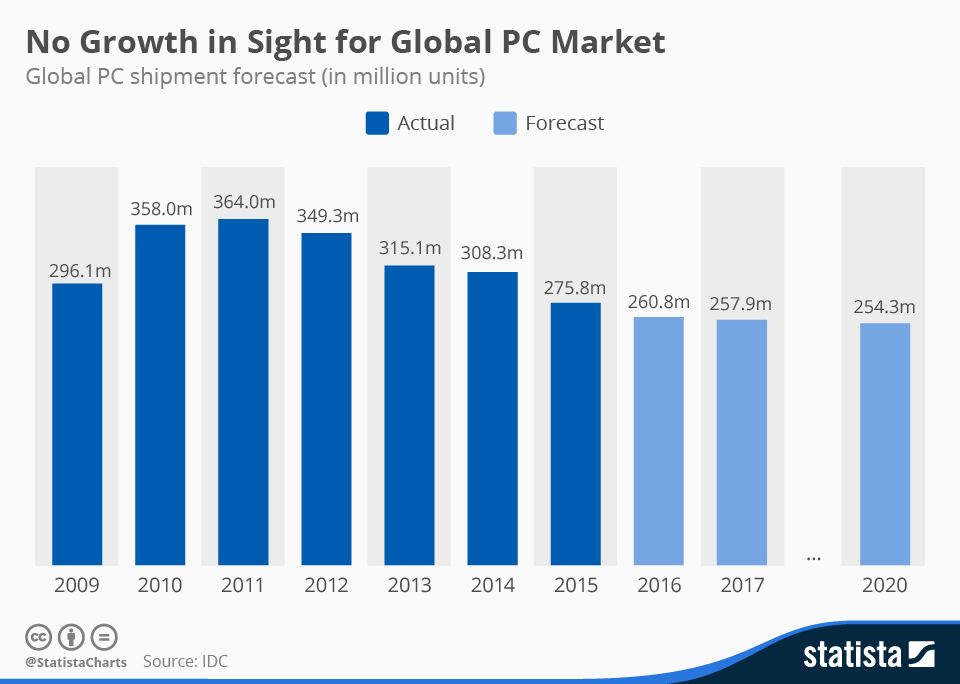Like any red-blooded, country-loving, digitally-engaged American couple, my husband and I spent last Sunday morning shopping online. He for some bike rack attachments for a road trip, and I for new sheets to replace our frayed sets.
This is a rather pathetic first-world problem, but we are selling our home, so I didn’t want to invest in a whole new design/style for our bedding – just in case our new digs have a different vibe. After hearing an annoying satellite radio ad over and over again for Boll and Branch sheets, I thought I’d check them out.
I found the whole user experience remarkably easy and intuitive. I was greeted with a $30 off-my-first-purchase-coupon-offer, which I quickly dismissed after determining that my satellite radio coupon code would give me a better deal. The website’s photos were big, bold, and beautiful, and visually answered nearly all my questions. Option selections such as size and color were in big print and simple to navigate – a bonus for my deteriorating middle-aged vision. The checkout process was a walk in the park. No hassles, no long processing waits while you’re wondering if you actually pressed a button or not, no repeat entries – clear bold calls-to-action (CTAs) so you know exactly what to do next.
Meanwhile, as I was delighted with my quick and facile purchase, my husband was grumbling loudly at the other end of the sofa.
“Jule, you gotta check this out,” he said.
I gathered my robe, and slid my coffee over to his end.
“I mean look at this! It is so irritating!” I knew where this was going.
“I know exactly what I want to look at, but they’re making me enter all this junk first. Okay, so now I’ve done that, and I have no idea if what I’m seeing matches what I need now. I want it for my truck, but they’re modeling the rack on a car.”
 He was exasperated. The company was Yakima, one I hold near and dear to my heart due to a native allegiance to the Northwest. We have spent thousands of dollars on Yakima equipment – from Rocket Boxes to ski racks to bike racks for just about every motor vehicle imaginable. Suffice to say, we’re fans. I’d almost go so far as to say to we’re influencers in the parlance of Malcolm Gladwell. But here’s the deal, my husband was so frustrated with the user experience, that he abandoned the purchase. He figured out a way to make due with what we had. If you go to the website, it looks beautiful. The user interface or UI, is modern and appealing. It’s the user experience that was miserable.
He was exasperated. The company was Yakima, one I hold near and dear to my heart due to a native allegiance to the Northwest. We have spent thousands of dollars on Yakima equipment – from Rocket Boxes to ski racks to bike racks for just about every motor vehicle imaginable. Suffice to say, we’re fans. I’d almost go so far as to say to we’re influencers in the parlance of Malcolm Gladwell. But here’s the deal, my husband was so frustrated with the user experience, that he abandoned the purchase. He figured out a way to make due with what we had. If you go to the website, it looks beautiful. The user interface or UI, is modern and appealing. It’s the user experience that was miserable.
So there we were. A once blissful couple wiling away our morning with our laptops, Meet the Press, and our credit cards burning in our hands – both intent on a purchase. And due to user experience (UX), the too frequently ignored brethren of UI, one purchase was gleefully made, and one purchase was angrily abandoned.
If you’re building a new digital product or updating an existing website, make sure the firm you’re working with knows the difference between UI and UX. Designing North Studios’ Managing Director Lisa Peacock likes to say, “UX should inform the UI. We’ve all been to art school – we know we can make it look good, but can we make it useable.” That’s the problem your firm needs to be able to solve.
Think of the money, time, and effort you expend on finally getting BUYERS to your website. Not just looky-loos, but BUYERS. Don’t blow it once you’ve got them there. UX is not optional. Our weekend foray resulted in one happy customer, (who will be a return customer), and one temporarily lost customer. Had we not already been avid fans of Yakima’s products, we wouldn’t consider trying again. Fortunately, the coffee was good, the PJs were cozy, and Meet the Press was entertaining. Not even crummy UX could spoil our Sunday on the sofa.




![You can't WISH away mobile. [Photo credit: SuperFamous.com]](http://45.33.55.47/wp-content/uploads/2016/03/Dandelion-300x300.jpg)